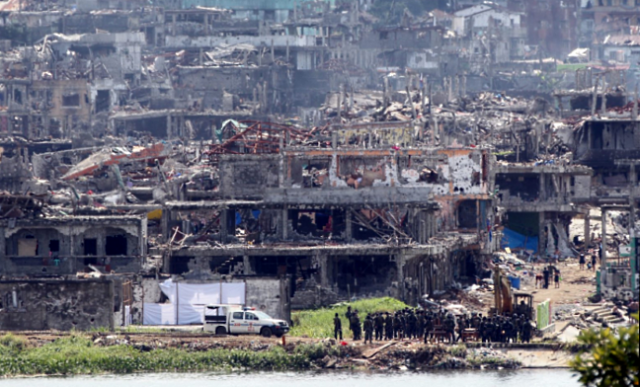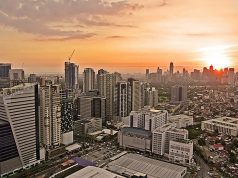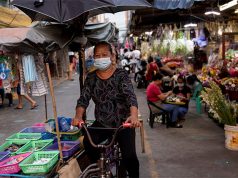
MANILA – “Political uncertainty” in the Philippines could make investors think twice about placing bets here, in turn weighing on overall growth prospects, a London-based research group said.
“The upshot is that despite the government’s ambitious infrastructure plans, increased political uncertainty is likely to drag heavily on investment. The worsening outlook for investment is one of the key reasons why we think the Philippines will slightly disappoint expectations over the coming years,” Capital Economics analyst Alex Holmes said in an Oct. 27 report.
The administration of President Rodrigo R. Duterte has unveiled a grand “Build, Build, Build” program for the next five years, with plans to spend some P8.44 trillion on public infrastructure until 2022. For this year alone, the government is looking to spend P847.22 billion on public infrastructure projects to account for 5.3% of the country’s gross domestic product (GDP).
Despite such aggressive spending plans, Capital Economics flagged risks to investments from the political sphere.
Tempered private investment prospects, in turn, are expected to keep economic growth “closer to 6%” rather than the 6.5-7% forecast given by the International Monetary Fund for the next five years. Philippine GDP expanded by 6.45% during the first six months, against the official 6.5-7.5% target.
“Although government investment should continue to grow at a rapid pace, the outlook for private investment is less promising. If companies are to invest they need a stable and predictable business environment,” the report read.
“While Rodrigo Duterte has not been the disaster for the economy that some feared, there are signs the new President’s war on drugs, his erratic policymaking style and the worsening security situation in the south of the country is starting to weigh on investment prospects,” it added.
“There are already signs investors are starting to think twice before committing to long-term investments in the country. Having grown rapidly between 2010 and 2016, foreign direct investment (FDI) was 15% lower the first six months of 2017 than over the same period a year previously.”
Net FDI inflows to the Philippines totalled $3.904 billion as of end-July, down 16.5% from $4.677 billion in 2016 comparable seven months, according to central bank data. Authorities have attributed the drop to base effects, citing a one-time, big-time inflow recorded in April last year as a foreign bank bought a 20% stake in a local lender.
The central bank has clarified that conditions remain “favorable” as far as the Philippine economy is concerned, as investors see the opportunity for better yields here amid subdued global growth and robust macroeconomic performance locally.
Other economists and international credit raters have pointed out rising political uncertainty under Mr. Duterte, even as they noted that the economy can still grow faster than six percent in the coming years on the back of upbeat local consumer demand and investment flows.
On the other hand, the country’s “strong” fiscal position should help the government finance its ambitious spending plans with an additional stream of revenues from the first of up to five tax reform tranches expected to kick in by January next year.
Relatively low government debt and a “small” budget deficit likewise give the Philippines enough space to borrow and spend more.
The Philippines posted a P213.1-billion budget gap as of end-September, steady from the year-ago level and below the P345.2-billion gap programmed for the period, according to the Bureau of the Treasury. — Melissa Luz T. Lopez





